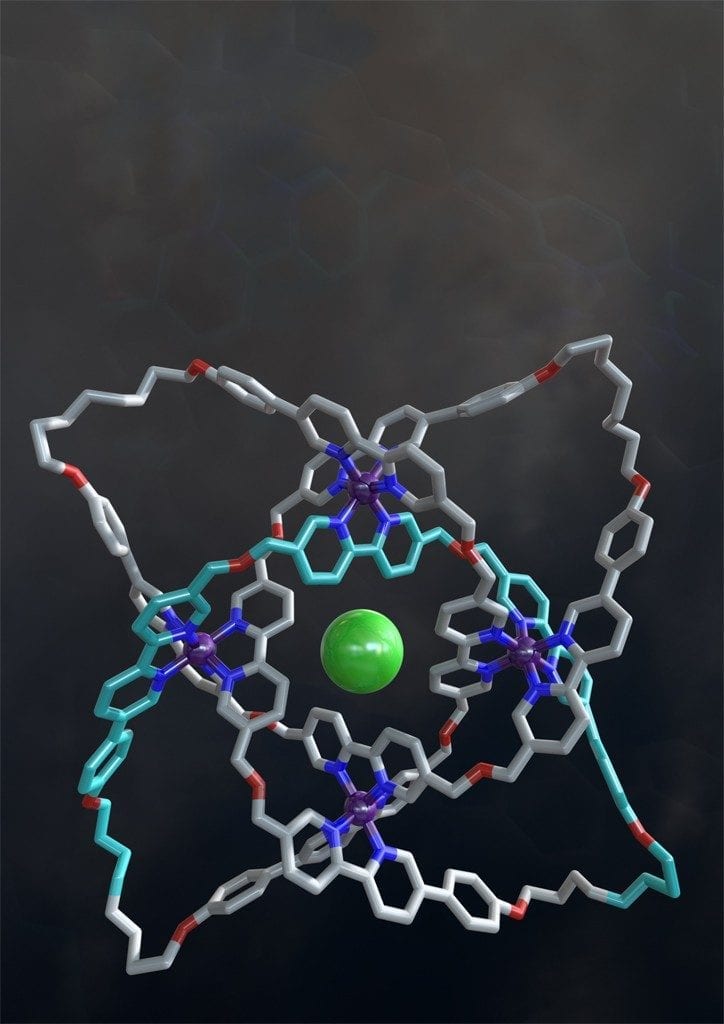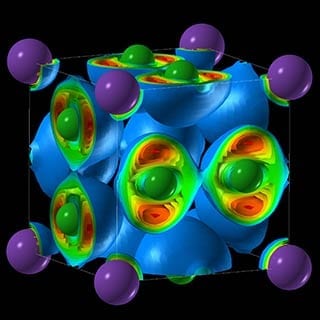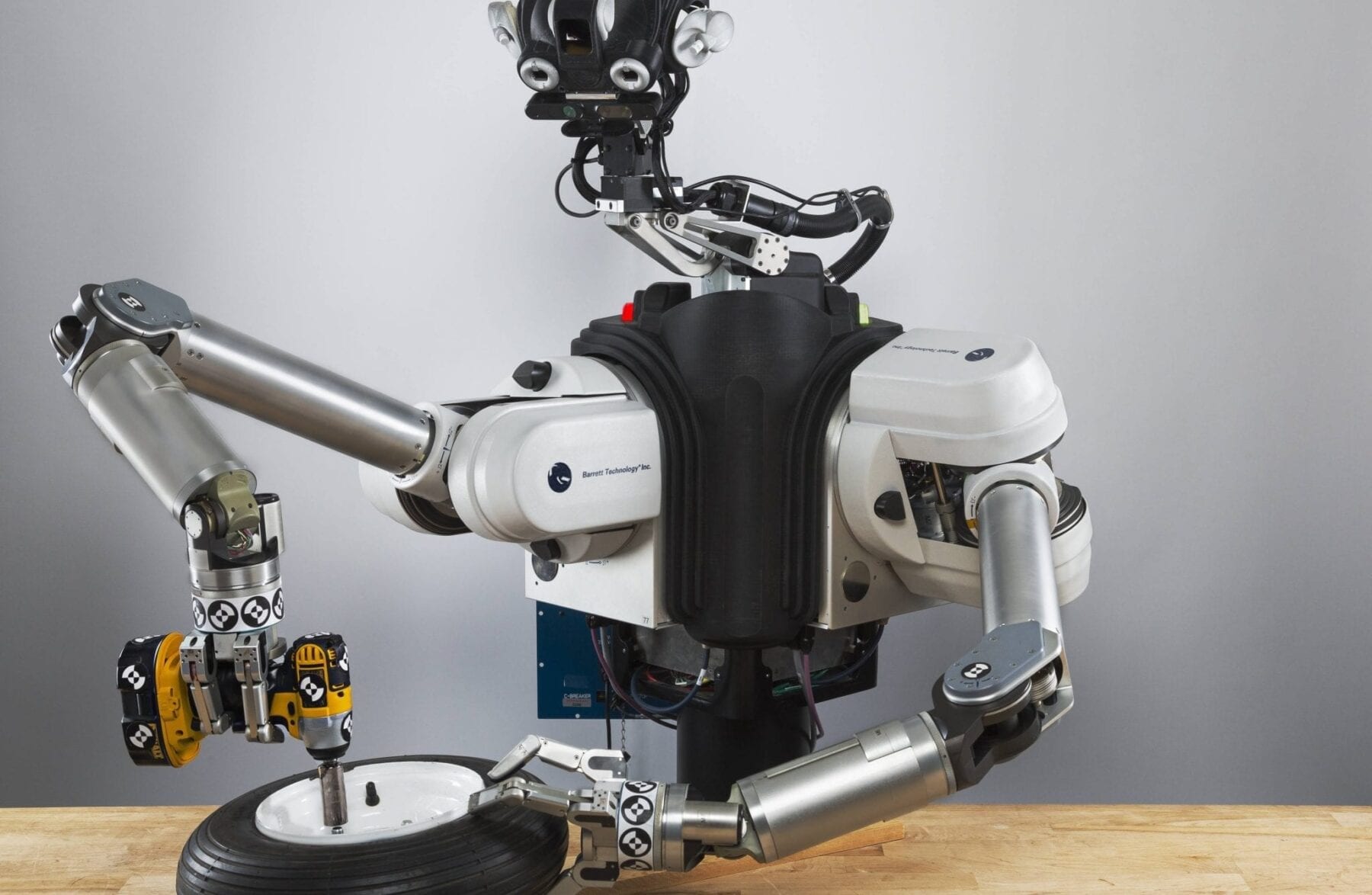
Scientists at The University of Manchester have produced the most tightly knotted physical structure ever known – a scientific achievement which has the potential to create a new generation of advanced materials.
The University of Manchester researchers, led by Professor David Leigh in Manchester’s School of Chemistry, have developed a way of braiding multiple molecular strands enabling tighter and more complex knots to be made than has previously been possible.
The breakthrough knot has eight crossings in a 192-atom closed loop – which is about 20 nanometres long (ie 20 millionths of a millimeter).
Being able to make different types of molecular knots means that scientists should be able to probe how knotting affects strength and elasticity of materials which will enable them to weave polymer strands to generate new types of materials.
Professor Leigh said: “Tying knots is a similar process to weaving so the techniques being developed to tie knots in molecules should also be applicable to the weaving of molecular strands.
“For example, bullet-proof vests and body armour are made of kevlar, a plastic that consists of rigid molecular rods aligned in a parallel structure – however, interweaving polymer strands have the potential to create much tougher, lighter and more flexible materials in the same way that weaving threads does in our everyday world.
“Some polymers, such as spider silk, can be twice as strong as steel so braiding polymer strands may lead to new generations of light, super-strong and flexible materials for fabrication and construction.”
Professor Leigh said he and his team were delighted to have achieved this scientific landmark.
He explained the process behind their success: “We ‘tied’ the molecular knot using a technique called ‘self-assembly’, in which molecular strands are woven around metal ions, forming crossing points in the right places just like in knitting – and the ends of the strands were then fused together by a chemical catalyst to close the loop and form the complete knot.
“The eight-crossings molecular knot is the most complex regular woven molecule yet made by scientists.”
[osd_subscribe categories=’new-materials-development’ placeholder=’Email Address’ button_text=’Subscribe Now for any new posts on the topic “NEW MATERIALS DEVELOPMENT”‘]
Receive an email update when we add a new NEW MATERIALS DEVELOPMENT article.
The Latest on: Braided multiple molecular strands
[google_news title=”” keyword=”braided multiple molecular strands” num_posts=”10″ blurb_length=”0″ show_thumb=”left”]
via Google News
The Latest on: Braided multiple molecular strands
- The 36 Best TikTok Beauty Products, Tested by Editorson May 8, 2024 at 8:48 am
Suitable for all hair types and textures, its highly concentrated, vegan formula is jam-packed with peptides to smooth split ends, repair moisture, and deposit healthy bounce into your strands, as its ...
- The 9 Best CBD Gummies for May 2024: Tried, Tested and Vettedon April 29, 2024 at 5:00 pm
We include products we think are useful for our readers. If you buy through links on this page, we may earn a small commission. Here’s our process. CBD gummies are convenient and discreet and ...
- Molecular Diagnosis of Leukemiaon April 29, 2024 at 5:00 pm
Genetic analysis in leukemia currently uses multiple molecular and cytogenetic approaches, and these may be delivered from more than one laboratory. Genetic analysis is an essential part of ...
- Cellular and Molecular Medicineon April 27, 2024 at 7:34 am
Work with experts to understand the cellular and molecular basis of disease and how discoveries can be translated into life-changing applications. Our aim is to inspire you to turn science into ...
- Hair Loss Prevention: 22 Tips to Help Save Your Hairon April 24, 2024 at 5:00 pm
Skip tight braids or ponytails that may pull on your ... which are the structures in your skin that house and grow your individual strands of hair. Conditions that may cause permanent hair loss ...
- Histological and molecular types of breast cancer: is there a unifying taxonomy?on April 17, 2024 at 5:00 pm
Breast cancer is a complex and heterogeneous disease, comprising multiple tumor entities associated ... have been employed to unravel the molecular characteristics of breast cancer, including ...
- 25 Types of Ropes and How to Choose the Right Oneon December 20, 2023 at 4:24 pm
The easiest way to tell the difference between cord and rope is that rope often consists of multiple strands or cords twisted or braided together ... which stands for ultra-high molecular weight ...
- University of Manchester scientists awarded a Guinness World Record for the ‘Finest Woven Fabric’on March 25, 2023 at 2:23 am
Plastics are made of long molecular strands called polymers, and the research team wanted to find a way of weaving those strands to make molecularly woven fabrics which could have exceptional strength ...
- Braid labon February 2, 2022 at 12:02 am
The Braid MSC Discovery and Innovation Lab is working to design ... Our team characterizes the transcriptional, molecular, metabolic and functional phenotypes of tissue-resident and culture expanded ...
via Bing News











